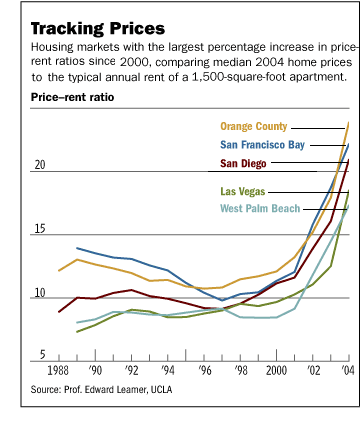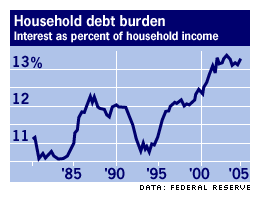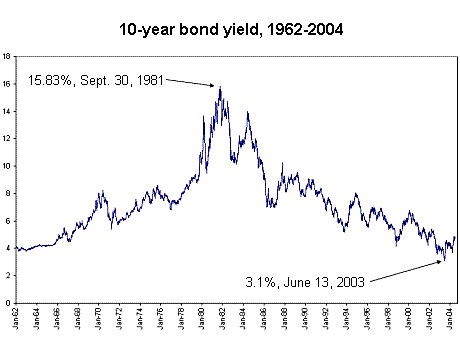

|
| weblog/wEssays | home | |
|
Housing: Who Wants to Catch the Falling Knife? (March 28, 2006)  The stock market is home to many trenchant phrases--the trend is your friend, sell in May,
go away, among many--but one is particularly relevant now to the housing market: Catching
the Falling Knife.
The stock market is home to many trenchant phrases--the trend is your friend, sell in May,
go away, among many--but one is particularly relevant now to the housing market: Catching
the Falling Knife.
The phrase perfectly captures the dangers of buying into a declining market. To do so is like trying to catch a falling knife: the momentum is all down, and we all know what happens to those who grasp a razor-sharp blade in mid-air. In the stock market, the expression is a warning: it isn't safe to buy until the knife has fallen to earth, i.e. the market has finally hit bottom. Now that the housing market has rolled over and is in decline, the same is true for this bubblicious market. At the risk of preaching to the choir, let's review the evidence that housing has finally slipped off the precipice and is starting its long freefall: 
For an understanding of how the Federal Reserve can tighten lending in a "stealth mode" unknown to the average American (including me, until I read this), please read The Fed Officially Kicks Off the Next Recession. This is fascinating reading--a real insider's view of how the Fed can undetectably constrict lending. Lenders are getting squeezed in other more visible ways as well, as The Wall Street Journal reported on March 27: Housing Banks May Be Forced To Cut Dividends: "A crackdown by regulators of the Federal Home Loan Banks threatens to shrink a subsidy long enjoyed by thousands of lenders, including giants such as Washington Mutual Inc. and Citigroup Inc." 
and thus mortgage rates--are on the rise. The corporate cheerleaders over at BusinessWeek are actually applauding the rise of the long bond, bond yields are rising--and it's about time, for they know all too well that interest rates in the U.S. are now completely dependent on foreign buyers of U.S. Treasuries. If nobody buys the Treasury's massive auctions of U.S. debt, then interest rates have to go up to entice wary buyers to buy Treasuries rather than Eurobonds. As bond yields rise throughout the world, U.S. rates have to rise, too, lest everyone abandon the dollar and the U.S. bond market. As this chart reveals, the problem is that bond-yield cycles last about 20 years. Just as interest rates and bond yields dropped for 22 years, historical evidence suggests they will rise for the next 20 years. Since housing become increasingly unaffordable as interest rates rise, exactly when will the knife hit the hard dirt of a real bottom? If you consider the last housing top occurred in 1990, and late 2005 appears to be the top of this cycle, you'd have to guess between five and ten years in the future--or maybe even 20 years hence. So who's still willing to try their luck at catching the falling knife in housing? More on that tomorrow. copyright © 2006 Charles Hugh Smith. All rights reserved in all media. I would be honored if you linked this wEssay to your site, or printed a copy for your own use. |
||
| weblog/wEssays | home |